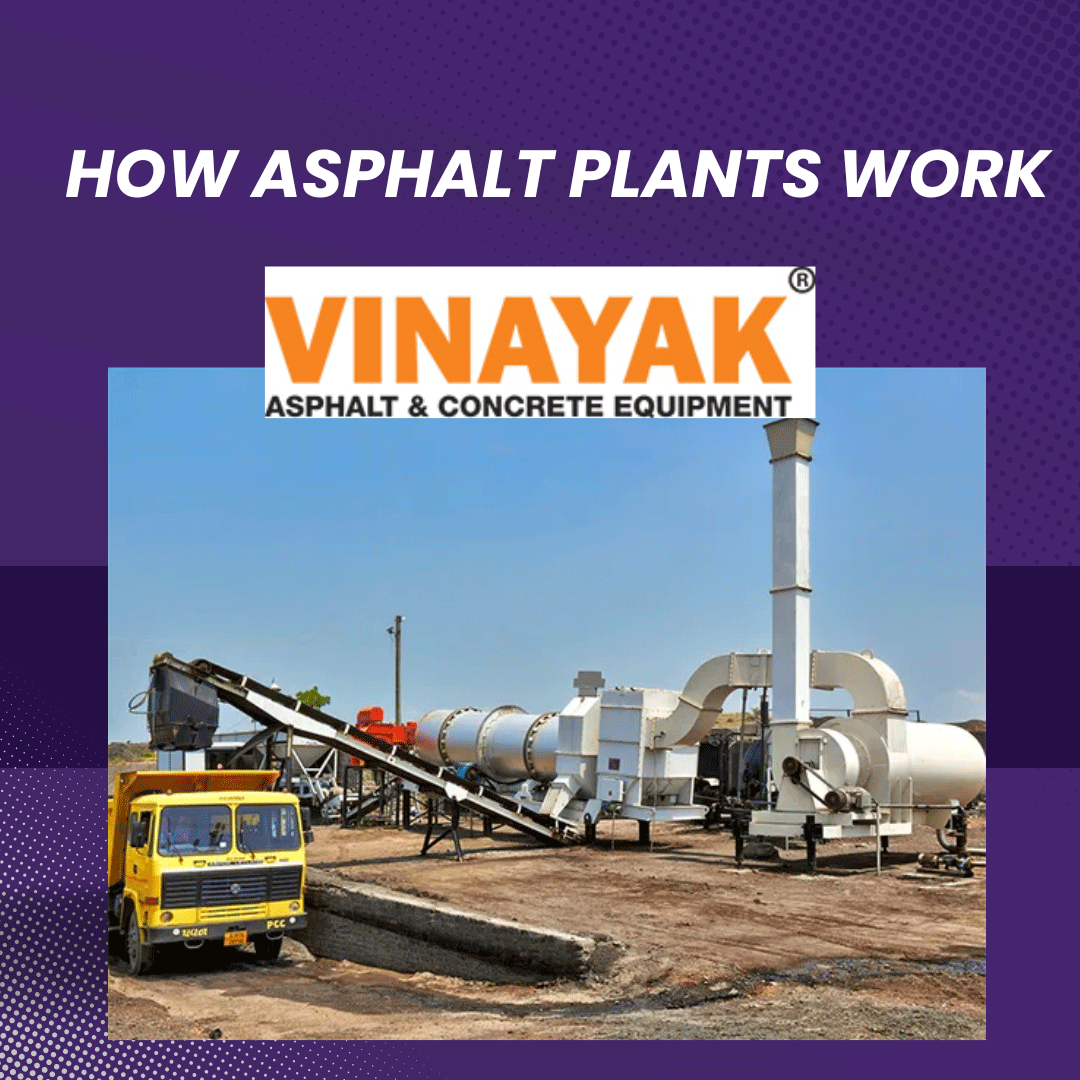By admin / 13 May 2025
Asphalt roads are the backbone of modern infrastructure, providing smooth, durable surfaces for highways, city streets, and parking lots. But have you ever wondered how the blacktop beneath your tires is made? The answer lies in the sophisticated world of asphalt plants. Let’s take a behind-the-scenes look at how these essential facilities work and why they are crucial for road building.

An asphalt plant is an industrial facility designed to produce hot mix asphalt-a blend of aggregates (like crushed stone, sand, and gravel), bitumen (a petroleum-based binder), and sometimes fillers or additives124. This mixture is the primary material used for paving roads, runways, and other surfaces that demand strength and resilience.
Aggregates are delivered and stored in separate bins or silos to prevent contamination and moisture absorption. Each type and size of aggregate is kept apart to ensure that the final mix meets specific engineering requirements
Before mixing, aggregates must be dried to remove moisture, which can weaken the final product. The materials are fed into a rotating drum or dryer, where powerful burners heat them to the required temperature-usually around 150°C (300°F). Proper drying is critical for producing high-quality asphalt.
There are two main types of asphalt plants, each with a unique mixing process:
| Plant Type | Process Description | Best For |
|---|---|---|
| Batch Mix Plant | Aggregates are weighed and mixed in batches with bitumen and fillers in a pugmill or mixer. | Projects requiring varied mixes |
| Drum Mix Plant | Aggregates and bitumen are continuously fed and mixed in a rotating drum for nonstop production. | Large-scale, high-volume projects |
Batch plants offer flexibility and precise control, while drum plants are prized for efficiency and high output
Once mixed, the hot asphalt is stored in insulated silos to maintain its temperature and consistency. From there, it is loaded into trucks and transported to the construction site, ready for paving.
Modern Innovations and Environmental Focus
Today’s asphalt plants are equipped with advanced technologies to improve efficiency and reduce environmental impact:
The quality of asphalt produced in these plants directly affects the longevity, safety, and performance of our roads. Properly mixed and heated asphalt ensures smooth rides, fewer potholes, and surfaces that withstand heavy traffic and harsh weather